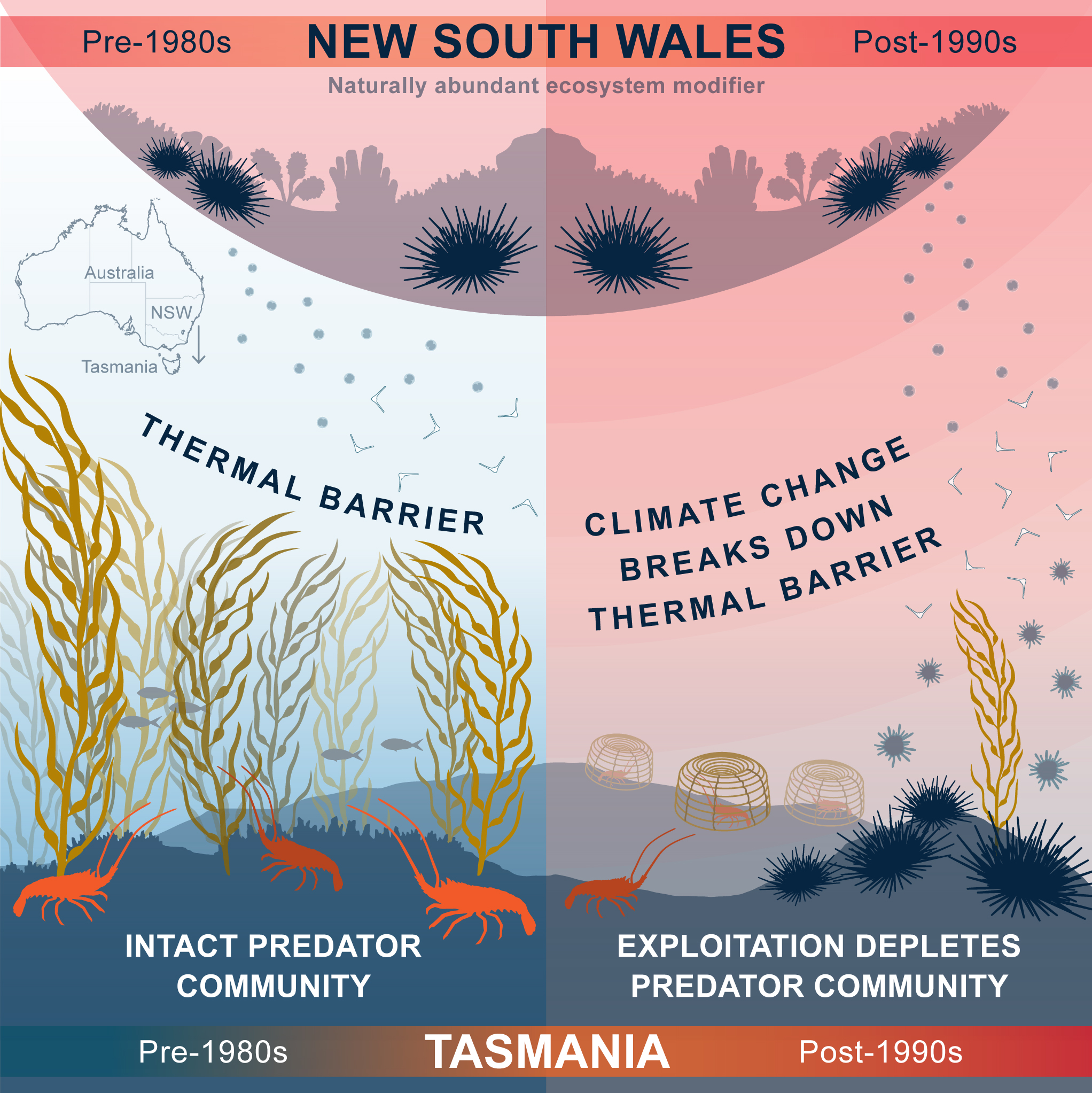Trait-based Approaches to Global Change Ecology
Moving from description to prediction

In this study, a team of researchers from the University of Alberta and Stanford University synthesized traits-based research globally to examine the extent to which traits may be used to predict global change. As climate change continues to alter ecosystems, such research is critical to understanding how traits-based approaches can help scientists and managers anticipate impacts to ecosystem function and reassembly. They found that species’ traits are well-documented and multiple databases currently exist to do this work (e.g., FishBase, SeaLife-Base). However, most studies evaluated traits over space and time and fewer than 3% have applied traits to predicting ecological effects of global change. This leaves room for future expansion. Regions at boundaries between tropical and temperate zones may be a good place to start- areas like Australia, Japan, and the Eastern Pacific and Atlantic, where suites of species are readily being distributed due to the environmental changes, provide examples (see figure below).
Read the full paper here.
Reference
Green, S.J., Brookson, C.B., Hardy, N.A., Crowder, L.B. (2022). Trait-based approaches to global change ecology: moving from description to prediction. Proceedings B. https://doi.org/10.1098/rspb.2022.0071






